Home>Ideas and Tips>Home Office Air Purification: Improve Indoor Air Quality
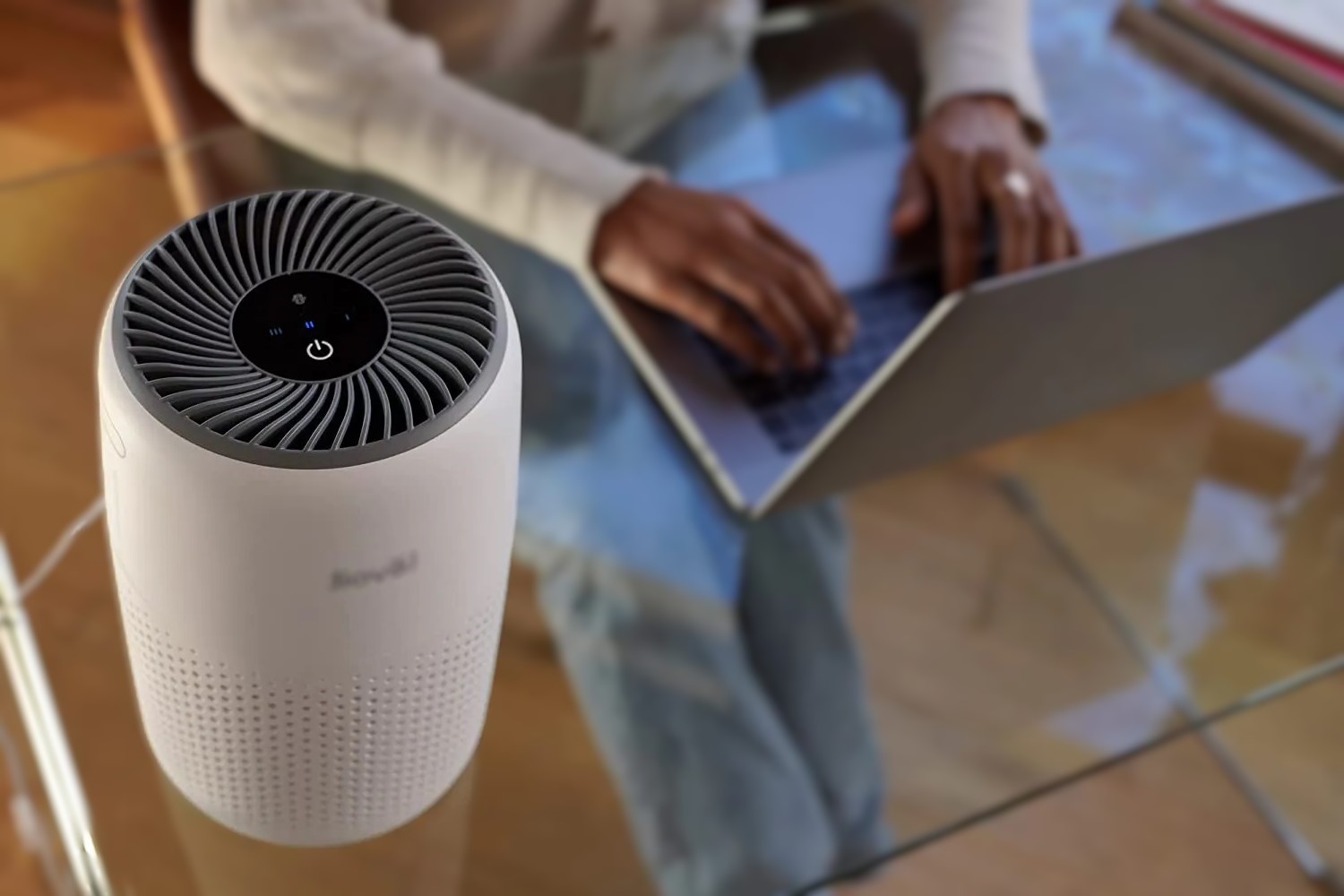

Ideas and Tips
Home Office Air Purification: Improve Indoor Air Quality
Modified: October 30, 2024
Improve your home office air quality with effective purification strategies. Learn about pollutants, health risks, and advanced air filtration technologies.
(Many of the links in this article redirect to a specific reviewed product. Your purchase of these products through affiliate links helps to generate commission for Storables.com, at no extra cost. Learn more)
Ensuring good indoor air quality is crucial for both physical and mental well-being. In a home office setting, where you spend a significant amount of time, maintaining clean air can significantly impact your productivity and overall health. In this article, we will delve into the importance of air purification in home offices, discuss various strategies for improving indoor air quality, and explore the latest advancements in air purification technology.
Indoor air pollution is a significant concern worldwide. It can arise from a variety of sources, including building materials, furniture, cleaning products, and even personal activities like cooking or painting. Poor indoor air quality can lead to a range of health issues, from mild respiratory problems to more severe conditions like asthma and even cancer. For individuals working from home, maintaining good air quality is essential to avoid these risks and ensure a healthy working environment.
Several common pollutants can contaminate indoor air:
- Particulate Matter (PM): This includes dust, pollen, and other small particles that can be inhaled deep into the lungs.
- Volatile Organic Compounds (VOCs): These are chemicals emitted from various products like paint, adhesives, and cleaning supplies.
- Carbon Dioxide (CO2): High levels of CO2 can lead to drowsiness and decreased productivity.
- Mold and Bacteria: These microorganisms thrive in damp environments and can cause allergic reactions and infections.
- Radon: A radioactive gas that can seep into homes through soil and water.
Prolonged exposure to these pollutants can have serious health implications:
- Respiratory Issues: Asthma, bronchitis, and other respiratory problems can be exacerbated by poor indoor air quality.
- Allergic Reactions: Mold and dust mites can trigger allergic reactions, including sneezing, congestion, and skin irritation.
- Cancer Risk: Long-term exposure to certain pollutants like radon has been linked to an increased risk of lung cancer.
- Neurological Effects: Some VOCs have been shown to cause neurological problems such as headaches, dizziness, and cognitive impairment.
Improving indoor air quality involves a multi-faceted approach that includes source control, ventilation, and air filtration.
The most effective way to improve indoor air quality is often through source control—eliminating or reducing the emissions of individual pollutants. Here are some strategies:
- Seal Gaps and Cracks: Ensure that your home office is well-sealed to prevent pollutants from entering through gaps in walls, floors, and windows.
- Use Non-Toxic Products: Choose cleaning supplies and personal care products that are labeled as non-toxic or low-VOC.
- Avoid Strong Chemicals: Minimize the use of strong chemicals like paint or adhesives, and always follow the manufacturer’s instructions for ventilation requirements.
- Remove Sources of Moisture: Fix any leaks or water damage promptly to prevent mold growth.
Increasing ventilation is another crucial step in improving indoor air quality:
- Open Windows: When possible, open windows and doors to allow fresh air into your home office.
- Use Fans: Operate window or attic fans to enhance natural ventilation.
- Mechanical Ventilation: Consider installing a whole-house ventilation system or using a portable air purifier with a built-in fan.
- Local Exhaust Fans: Use bathroom or kitchen fans that exhaust outdoors to remove contaminants directly from the room.
Air filtration systems are designed to capture pollutants and improve air quality:
- HEPA Filters: High-Efficiency Particulate Air (HEPA) filters are highly effective at removing 99.97% of particles as small as 0.3 microns. They are commonly used in home air purifiers and can be integrated into HVAC systems.
- Activated Carbon Filters: These filters are particularly effective at removing VOCs and gases like radon.
- Prefilters and Antibacterial Filters: Combining multiple layers of filters can enhance overall efficiency and capture a broader range of pollutants.
- Portable Air Purifiers: Portable air purifiers can be placed in specific areas where pollutants are most concentrated, such as near a workspace or in a corner where dust tends to accumulate.
Recent advancements in air purification technology offer innovative solutions for improving indoor air quality:
- Smart Air Purifiers: These devices often connect with your home’s thermostat and HVAC system, allowing for seamless integration and optimal performance based on real-time data.
- Wearable Air Purifiers: Wearable devices like headsets or masks can provide personal protection against airborne pollutants.
- Nanofiber Filters: These filters use ultra-fine fibers to capture even smaller particles than traditional HEPA filters.
- Polar Ionization: This technology uses electrical charges to attract and neutralize pollutants, making it an effective method for removing VOCs and other gases.
Several studies have demonstrated the effectiveness of various air purification methods:
- Air Purifier Efficiency: A study published in ScienceDirect showed that certain air purifiers significantly reduced PM10 and PM2.5 by 16.8 and 7.25 times respectively, indicating their potential in improving indoor air quality.
- Ventilation Strategies: Research on ventilation strategies highlighted the importance of mechanical ventilation systems in maintaining good air quality, especially in buildings with unscheduled opening hours.
- Smart Homes and IAQ: A study on smart homes emphasized the role of advanced air filtration systems in controlling indoor air quality, integrating with IoT technology for optimal performance.
Implementing these strategies in your home office can significantly enhance the air quality:
- Choose the Right Air Purifier: Select an air purifier with a HEPA filter for comprehensive particle removal. Consider additional features like activated carbon filters for VOC removal.
- Maintain Your Filter: Regularly clean or replace filters according to the manufacturer’s instructions to ensure optimal performance.
- Monitor CO2 Levels: Use a CO2 monitor to track levels and adjust ventilation accordingly.
- Use Houseplants: Incorporate plants like spider plants, peace lilies, and bamboo into your workspace as they naturally purify the air.
- Dehumidify: Invest in a dehumidifier if your space is prone to moisture buildup, which can foster mold growth.
Improving indoor air quality in a home office setting is crucial for both health and productivity. By combining source control measures, enhanced ventilation strategies, and advanced air filtration technologies, you can create a healthier environment that supports your well-being. Whether you opt for a simple portable air purifier or invest in a sophisticated smart system, taking proactive steps towards cleaner air will yield long-term benefits for your home office.
By following these guidelines and staying informed about the latest advancements in air purification technology, you can ensure that your home office remains a safe and healthy space where you can work efficiently without compromising your health.
Was this page helpful?
At Storables.com, we guarantee accurate and reliable information. Our content, validated by Expert Board Contributors, is crafted following stringent Editorial Policies. We're committed to providing you with well-researched, expert-backed insights for all your informational needs.
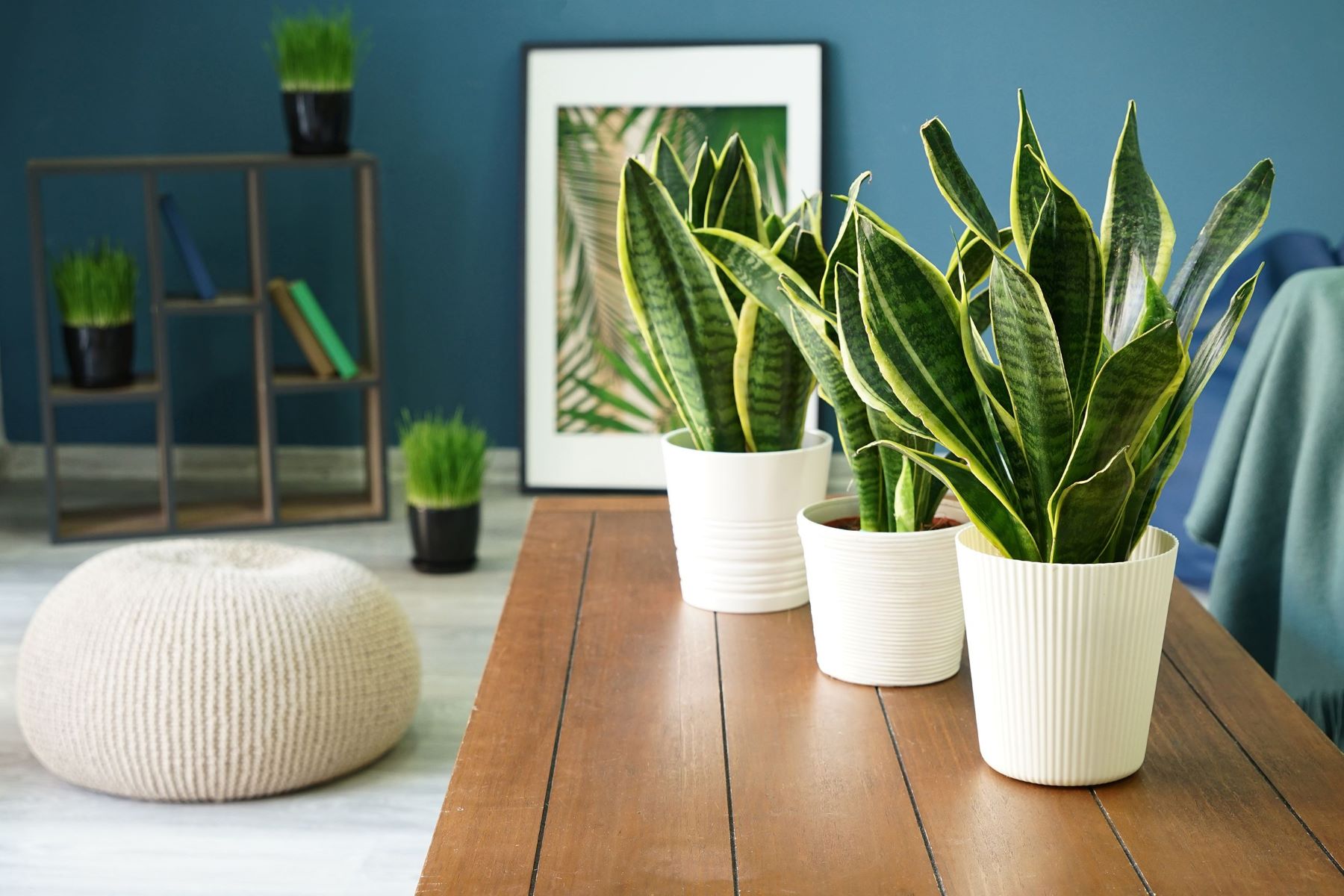
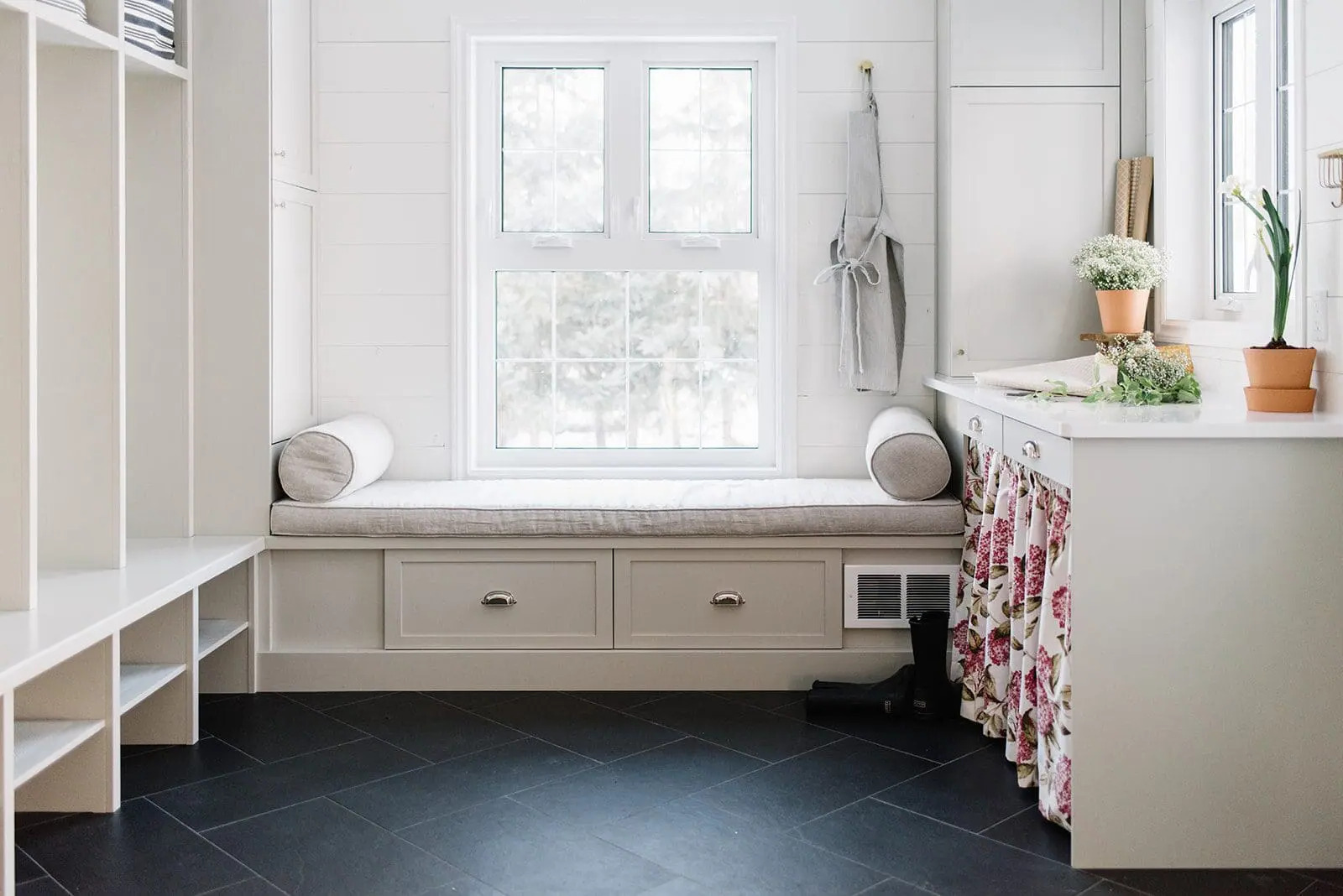
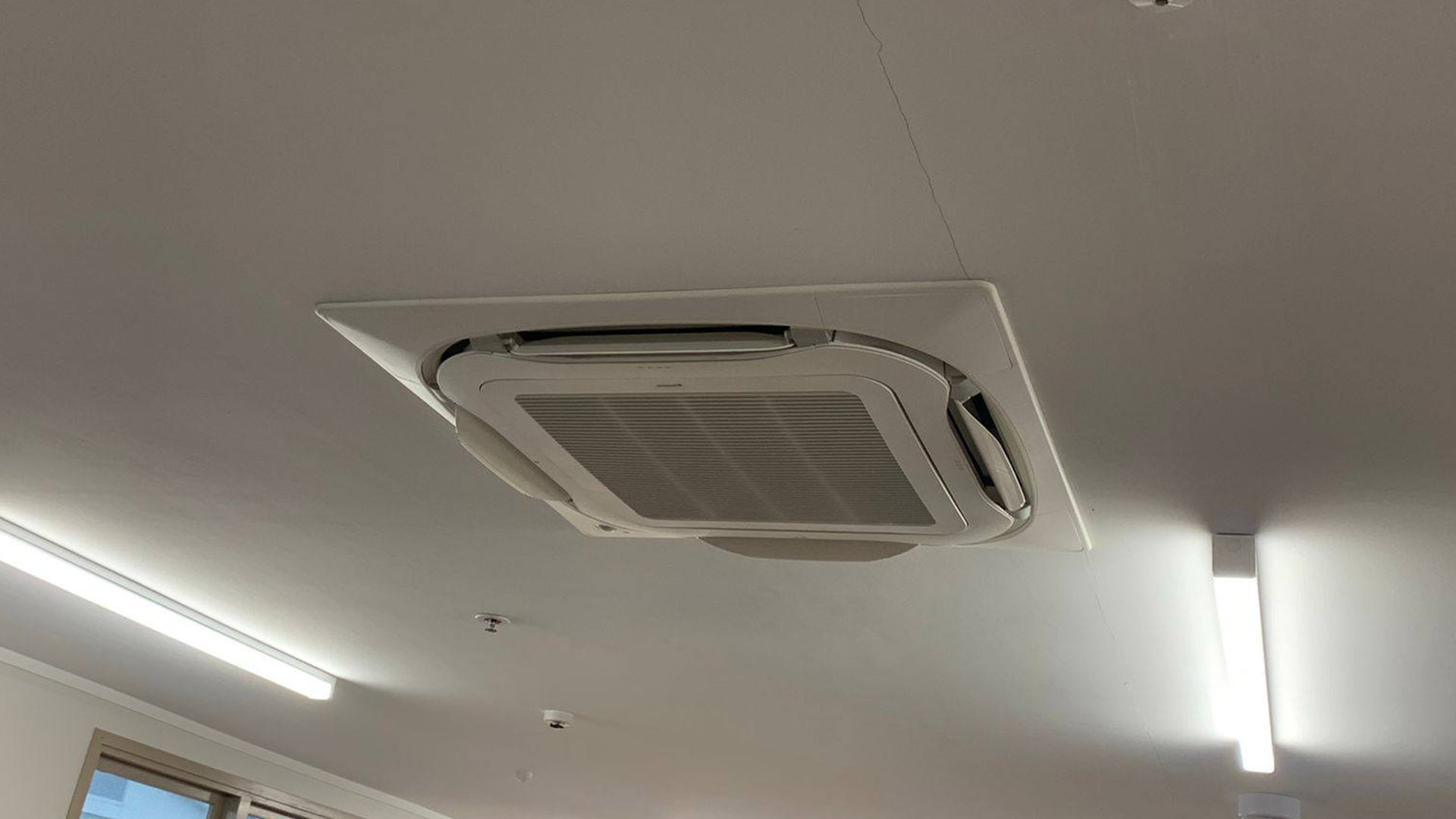

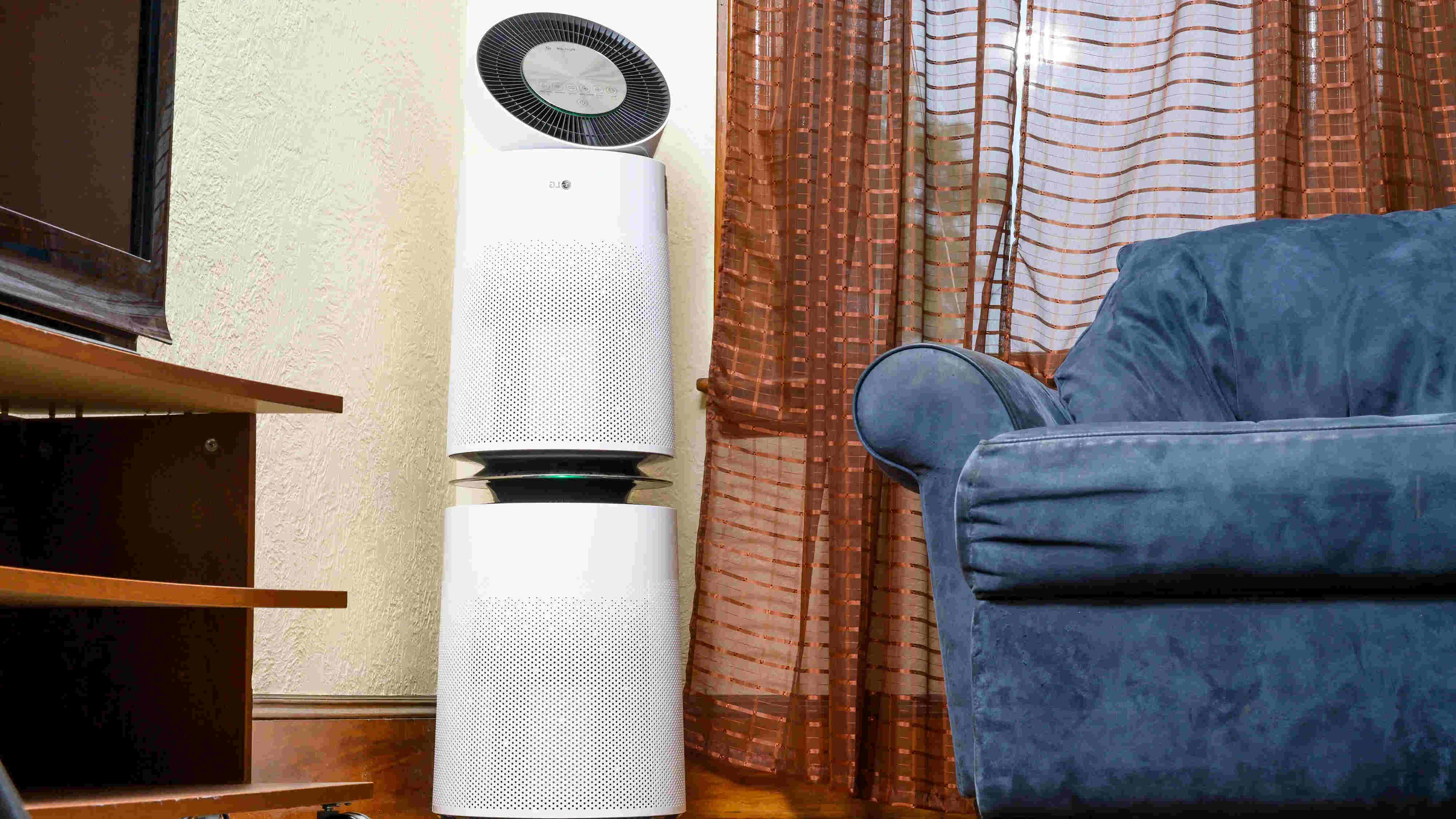
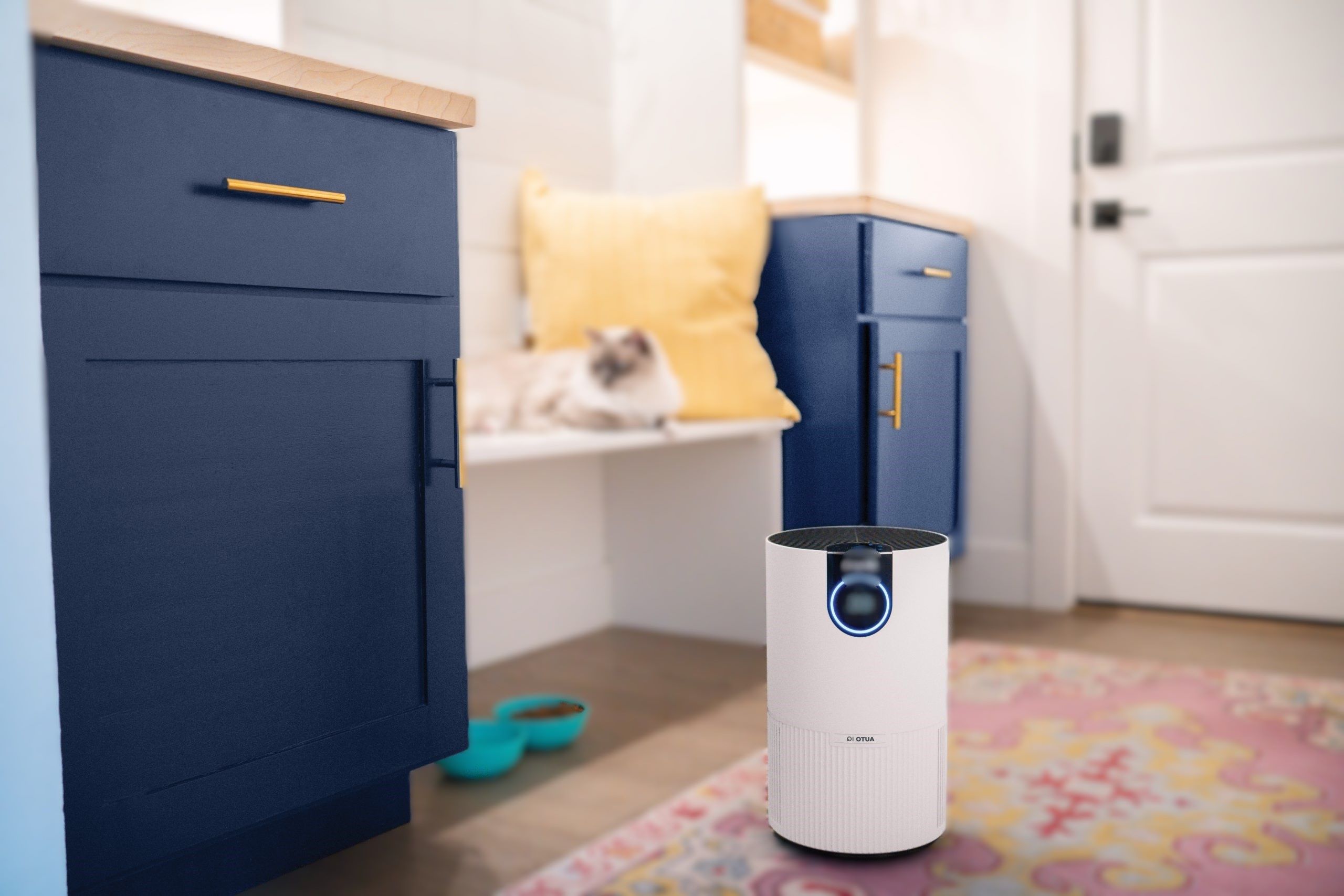

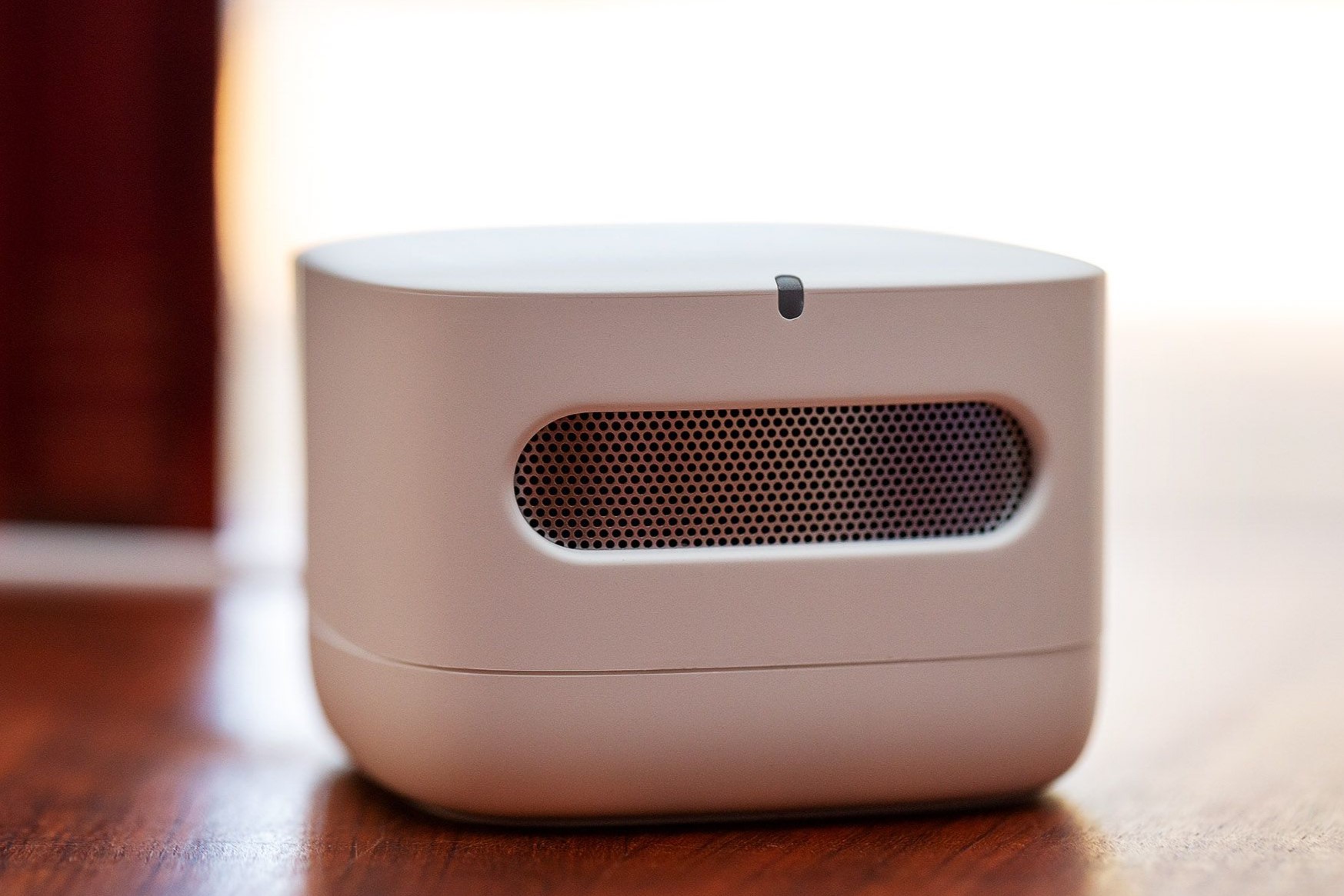







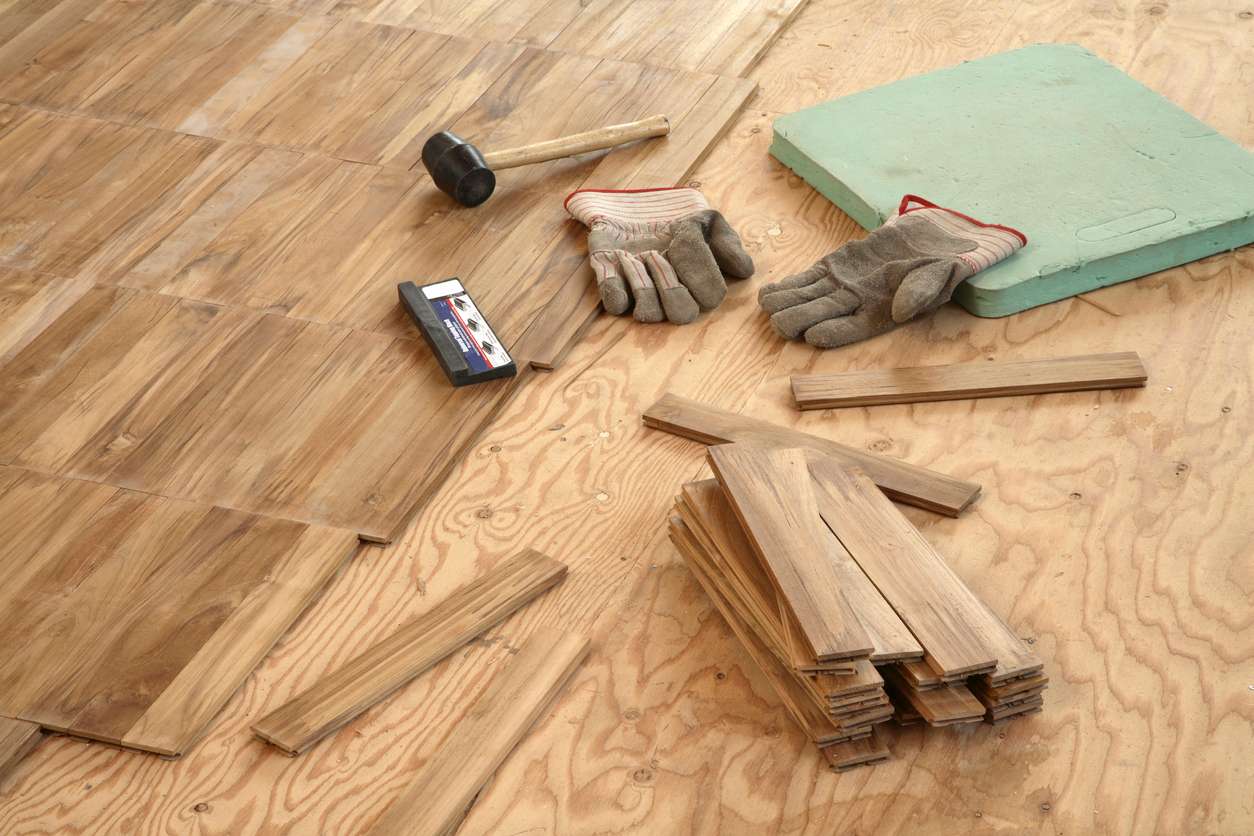

0 thoughts on “Home Office Air Purification: Improve Indoor Air Quality”